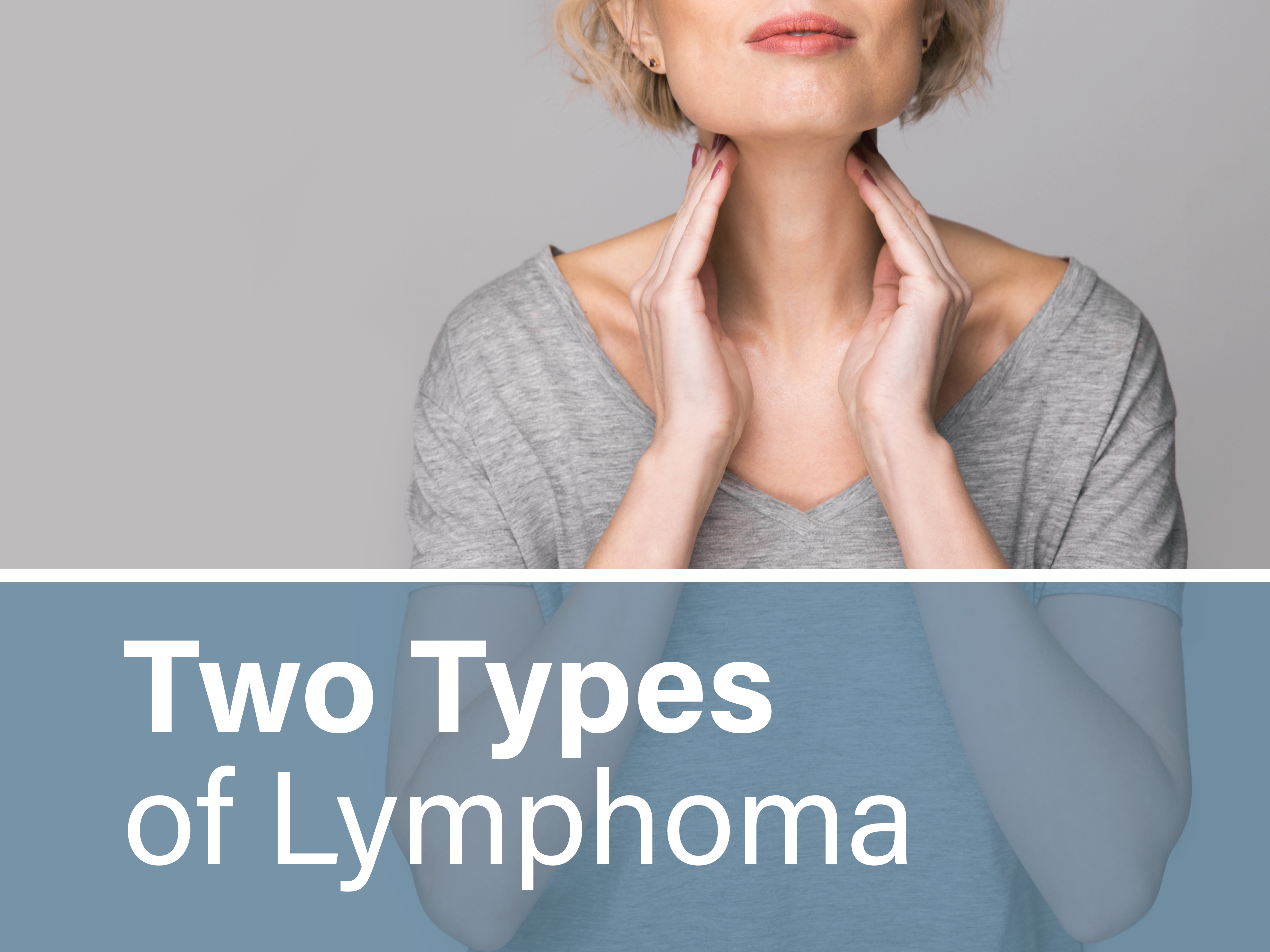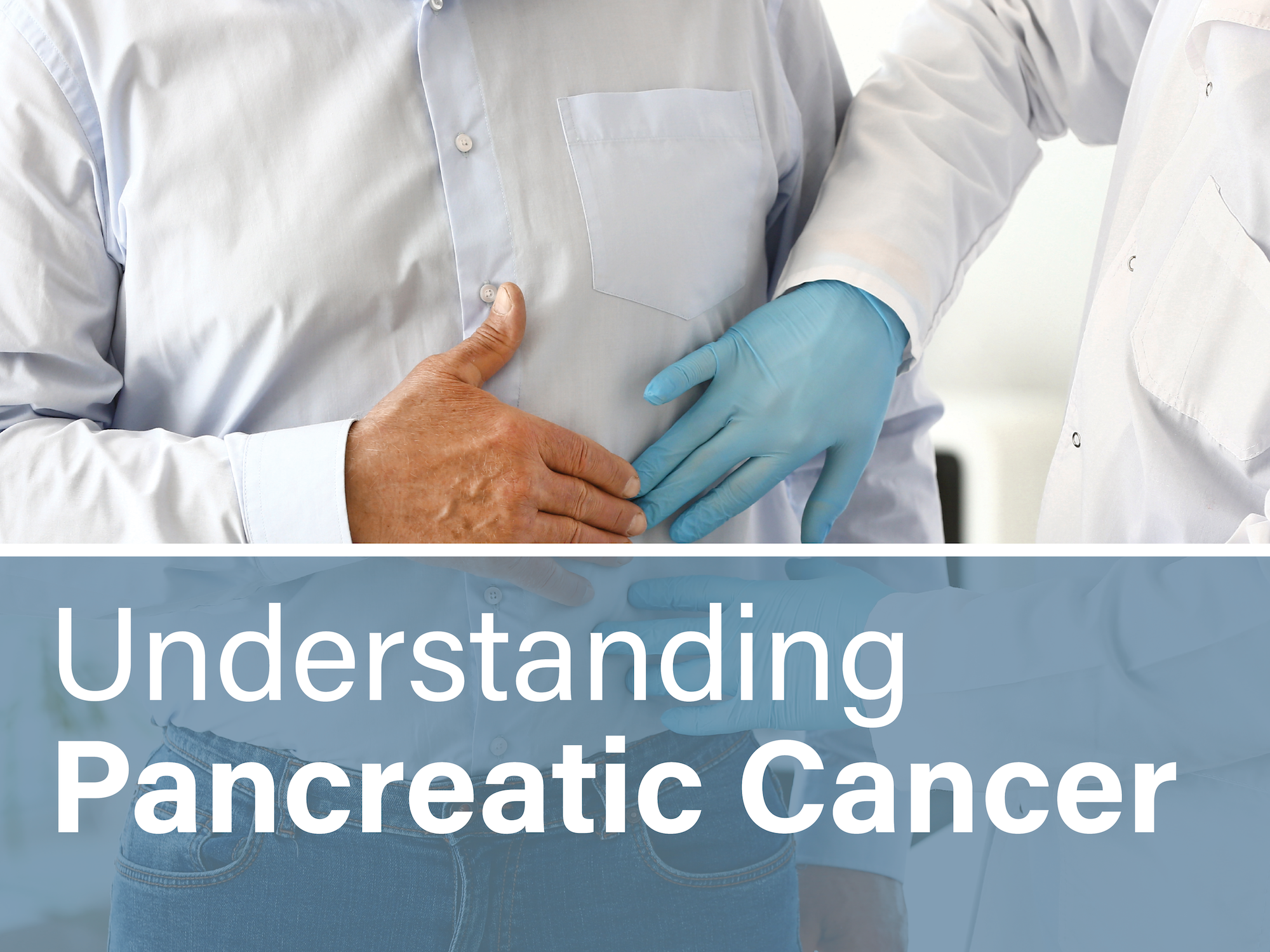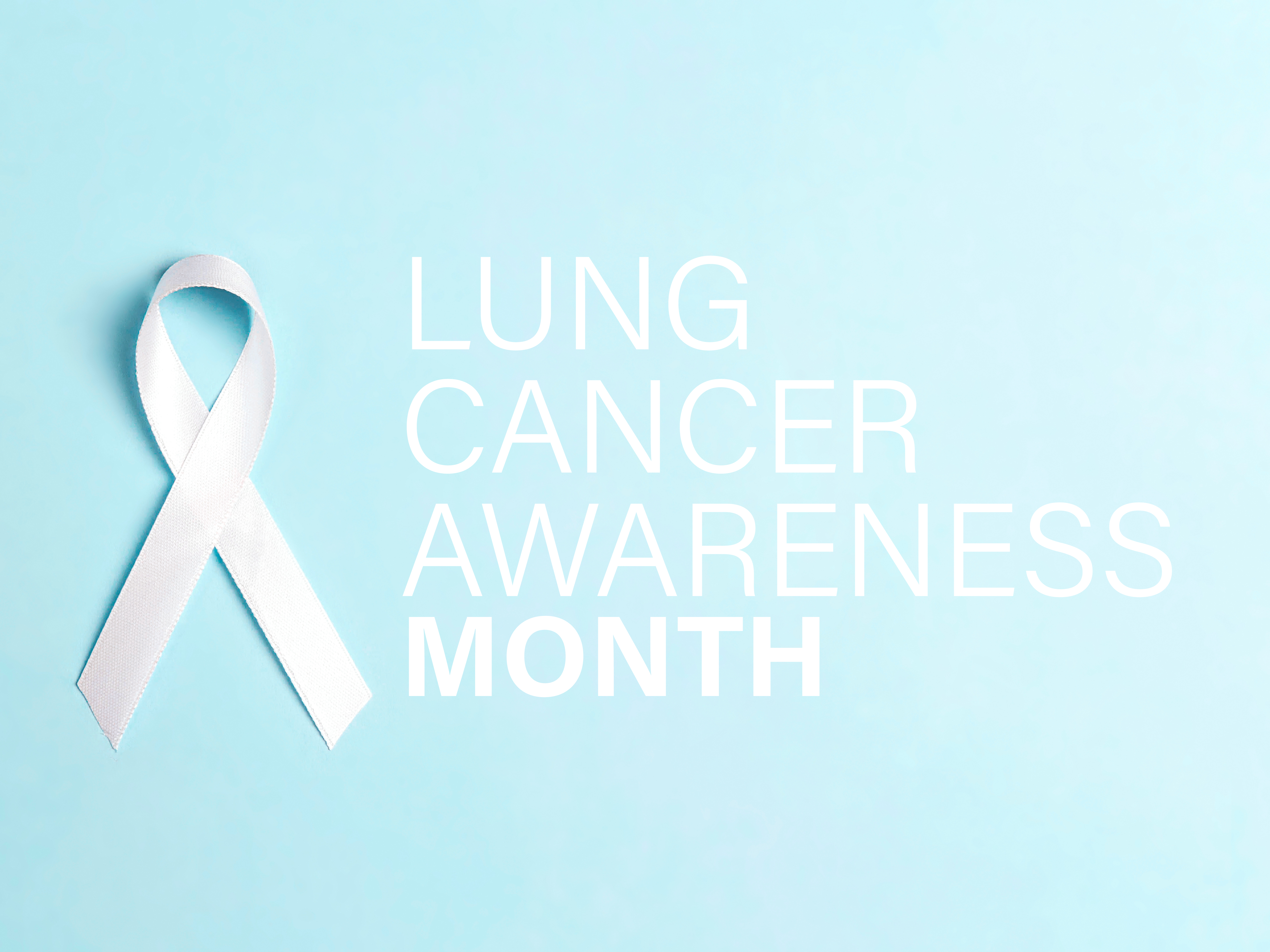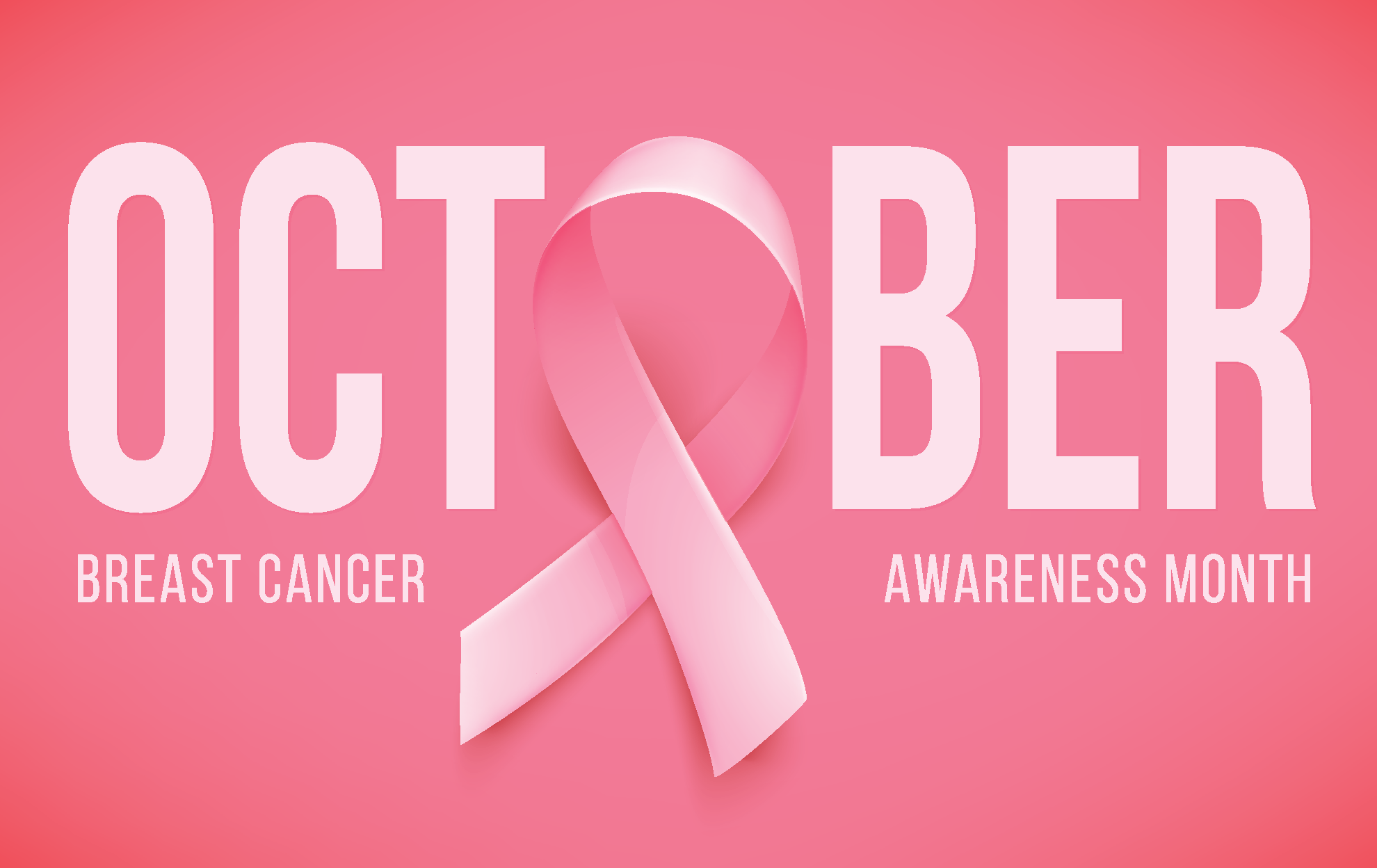
Lymphoma is a type of cancer that originates in the lymphatic system, a vital part of the body’s immune system. There are two main types of lymphoma: Hodgkin lymphoma (HL) and non-Hodgkin lymphoma (NHL). Both types of lymphoma affect the body differently and have distinct characteristics.
Hodgkin Lymphoma (HL)
Hodgkin lymphoma, also known as Hodgkin’s disease, is characterized by the presence of Reed-Sternberg cells, large abnormal cells found in the lymph nodes. HL is relatively uncommon, accounting for about 10% of all lymphomas. It often starts in a single lymph node or a group of lymph nodes and can spread to other lymph nodes over time.
Symptoms of Hodgkin Lymphoma
The symptoms of Hodgkin lymphoma may include:
Painless swelling of lymph nodes in the neck, armpits, or groin
Persistent fatigue
Fever and chills
Unexplained weight loss
Night sweats
Non-Hodgkin Lymphoma (NHL)
Non-Hodgkin lymphoma is a diverse group of blood cancers that includes all types of lymphoma except for Hodgkin lymphoma. Unlike HL, NHL originates in the lymphocytes, a type of white blood cell found in the lymphatic system. NHL is more common than HL, with numerous subtypes that can behave and respond to treatment differently.
Symptoms of Non-Hodgkin Lymphoma
The symptoms of non-Hodgkin lymphoma may include:
Swollen but painless lymph nodes in the neck, armpits, or groin
Abdominal pain or swelling
Chest pain, breathing difficulties, or coughing
Persistent fatigue
Unexplained weight loss
Diagnosis and Treatment
Both Hodgkin and non-Hodgkin lymphomas are diagnosed through a combination of physical exams, medical history assessments, imaging tests, and biopsies of lymph nodes or affected tissues. Once diagnosed, the treatment approach for each type of lymphoma may differ.
If you suspect that you or a loved one may have symptoms of lymphoma, it’s important to consult a healthcare professional promptly for an accurate diagnosis and appropriate medical care.
Remember, knowledge is a powerful tool in the fight against cancer, and staying informed can make a significant difference in the journey toward recovery and well-being.
EXPERT CARE
No two situations are the same. That’s why our caring team of experts are here to provide you with a custom-tailored treatment plan that is unique to your diagnosis, tumor size, location and involvement. Click on the button below to learn more.






